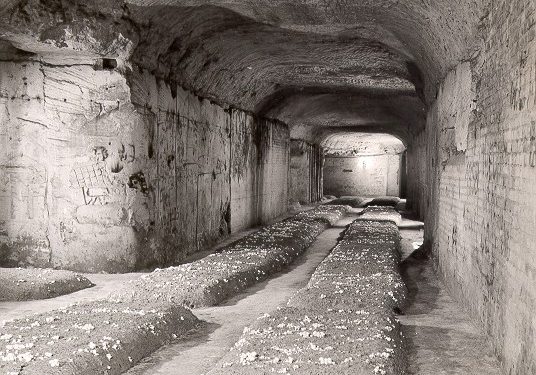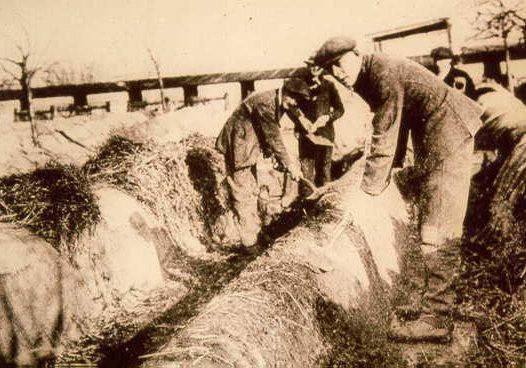Mushrooms come from your greengrocer’s or the supermarket. But are they really vegetables? All vegetables and fruits come from edible plants. The main characteristics of plants is that they contain chlorophyll, which is used to convert energy from sunlight into carbohydrates. However mushrooms contain no chlorophyll; they ‘steal’ the carbohydrates they need from plants. They’re fungi. They have been given their own kingdom due to the sheer number of species that exist. The difference is irrelevant, really. People often don’t realise that tomatoes and bell peppers are a fruit either. The important thing is what you can do with them. Mushrooms are usually cooked like vegetables. They’re often used as a vegetarian meat substitute for which they are very suitable too.
Back to mushrooms. They can be roughly divided into three categories. Saprophytes live off organic matter such as fallen leaves, plant roots and dead wood. They extract carbon dioxide and minerals from it. The second group (of which the feared birch bracket is a member) consists of mushrooms that grow on living wood. Once the tree or bush has died, the dead matter is cleaned up by the saprophytes. The third group – the mycorrhiza – forms a symbiotic association with the roots of living trees. They take, but they give back too, enlarging the root system of their hosts. Porcini mushrooms, chanterelles and truffles are part of this group.
Mushrooms start their lives underground. As white fluff. This is the so-called ‘mycelium’, the fungal threads that sprout the mushrooms. In the wild, mycelium can stay underground for a very long time. If the circumstances are favorable – the presence of food, humidity and temperature are important – buds will form that seek the daylight: the birth of a mushrooms. The small – usually white – ball will quickly grow into a proper mushroom. The cap will open and will start dropping millions of miniscule seeds (spores). These seeds are spread by the wind, end up on the ground and start forming another mycelium.
The law of nature, eat to be eaten, goes for mushrooms too. Animals, and humans with them, discovered by trial and error which mushrooms could be eaten without taking a risk. These lessons were literally life lessons, because some mushrooms are deadly when eaten. It’s no coincidence that a cemetery wall in France bears the inscription:
"All mushrooms are edible, some of them only once."
Luckily, the button mushroom is very human friendly and can be eaten without risk and with gusto.
For centuries, our ancestors had to make due with mushrooms that could be found in fields and forests. This changed in the middle of the seventeenth century. A melon grower near Paris accidentally stumbled upon an important discovery. He (or his frugal wife) poured water, used to wash wild mushrooms, over some melon leftovers. A little while later, many mushrooms sprouted in this spot. It was the start of the era of the cultivated mushroom. The ‘champignon de Paris’ became an institution in the world of food lovers.


